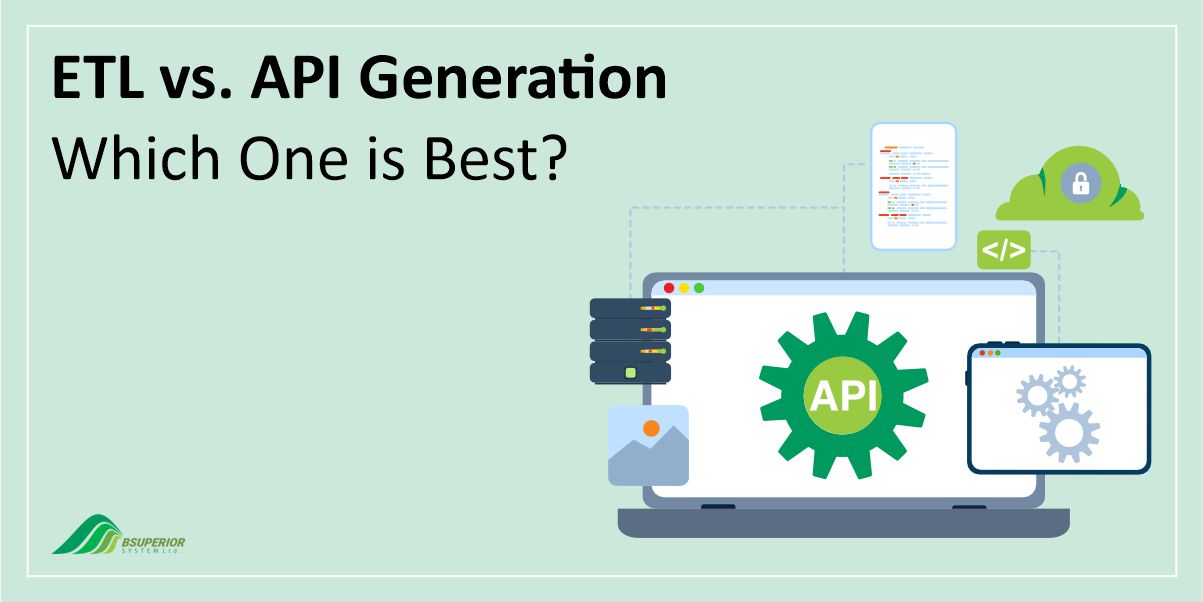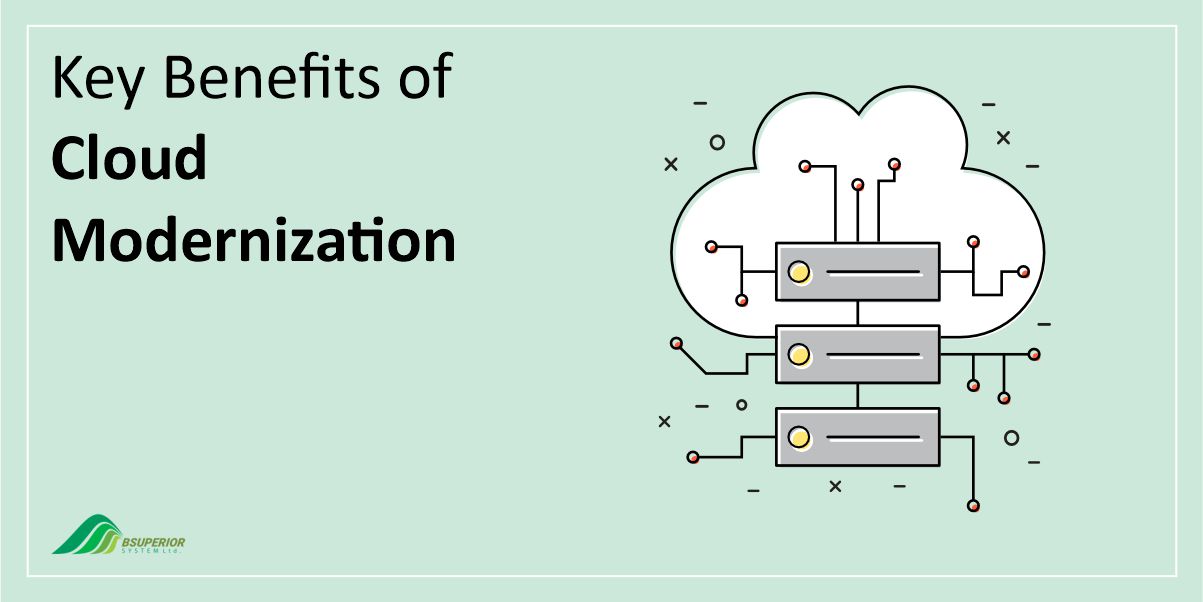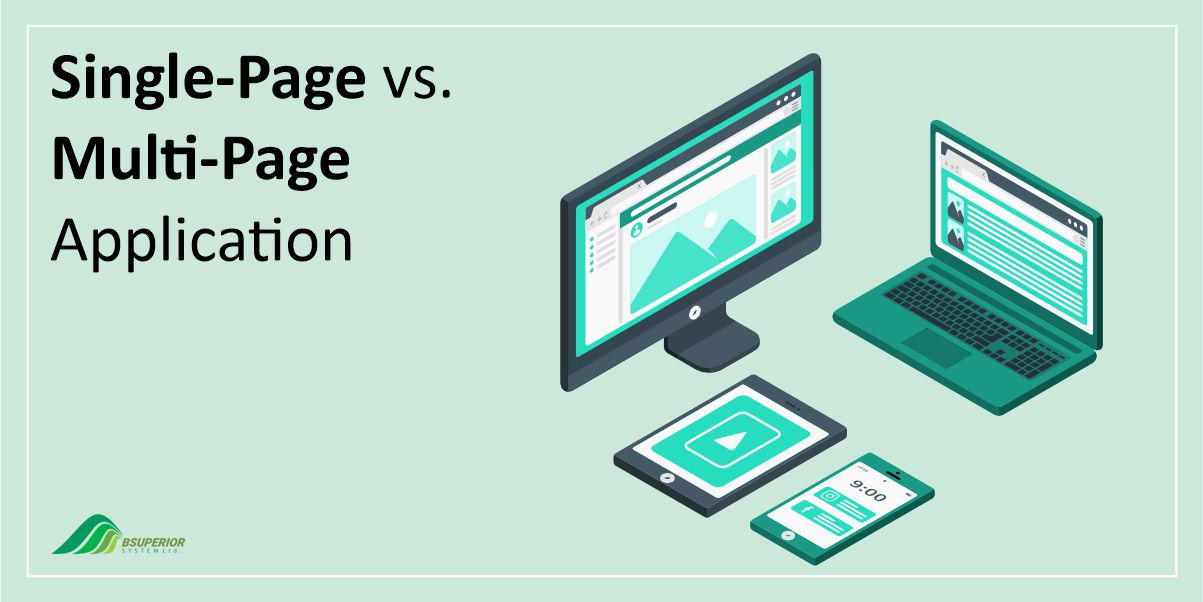ETL vs. API Generation: Which One is Best?

ETL and API generation are two essential parts of data management. In this blog post, we will be taking a closer look at these two technologies and explore their advantages and use cases. We hope that at the end you will have a clear idea of which one is a better choice for your business.
What is ETL?
ETL, which stands for Extract, Transform, and Load, is a type of data integration method. As the name suggests, ETL has three stages. In the first step (Extract), the data is collected from various sources.
Then, this data goes through a transformation stage (Transform) where it is cleaned, formatted, and organized based on several specific rules. Finally, the transformed data is loaded (Load) into the designated final location, which is typically a data warehouse.
Key Features of ETL
ETL tools offer a number of useful features and functionalities. Below we will have a look at 7 main features.
- ETL tools connect with and retrieve data from diverse sources, including various databases (relational, NoSQL, etc.), big data infrastructures, flat file systems, and inter-application messaging queues.
- They have a graphical user interface (GUI) for design that facilitates drag-and-drop creation of mappings from source to target and the construction of ETL processes.
- They offer basic data transformation operations, such as altering data types, reformatting dates, and managing strings, in addition to data mapping and orchestrating workflows.
- They also offer integrated data profiling tools that asses the source data for uniformity, dependencies, and additional characteristics prior to initiating the ETL procedure.
- ETL tools provide data quality and cleansing features to detect and correct inaccuracies within data sets. They offer data synchronization features as well to maintain consistency across source and target systems.
- Another useful feature of ETL tools is that they offer support for metadata management to align integration activities and record the details of data transformations and business regulations.
- They integrate data located in both on-site and cloud-based setups, including hybrid cloud configurations that combine both.
What is API Generation?
API generation is a method for automating the creation of APIs. It uses pre-existing code and user-defined specifications, such as data access methods, to generate functional APIs.
As the demand for digital connectivity grows, organizations need efficient and secure methods for API development. API generation takes care of this need by enabling the creation and deployment of APIs without manual coding.
Read more: 7 Must-Know API Trends to Watch Out For in 2024
Key Features of APIs
There are many advantages to using APIs. The main features of APIs are:
- APIs allow organizations to retrieve data from numerous sources and incorporate them into their current systems.
- Another important benefit of APIs is that they provide a uniform interface that links new technologies and systems into established processes.
- Moreover, APIs offer a versatile and expandable approach to data access. Through the strength of integration, employees can access critical data with ease.
This helps organizations adjust to evolving commercial requirements in more efficient ways.
Differences Between ETL and API Generation
ETL and API generation are important aspects of data management that have different functions and use cases. Let’s see how these two are different.
Goal
API Generation: Its main goal is to establish interfaces for software applications to interact. It focuses on immediate data retrieval and smooth system interoperability.
ETL: The main goal here is to transfer and reformat data from one system to another. It aims at data amalgamation and analytic readiness.
Applications
API Generation: It is used in situations that demand immediate data availability, microservices frameworks, and the development of mobile or web apps.
ETL: This is ideal for scenarios such as data storage, migration, and analytics integration. ETL methods are designed for batch processes, dealing with extensive data transfers and modifications.
Functionality
API Generation: It mainly involves generating, releasing, and using APIs. This enables real-time data interchange and supports lively and interactive operations.
ETL: Its primary function is the extraction of data from origins, its deposition into databases or data warehouses, and its alteration for analysis. This typically occurs in batches and is not as instantaneous as API Creation.
Similarities Between ETL and API
Although ETL and API generation have distinct functions and applications, they share a number of similarities.
Data Integration Role
Both API creation and ETL processes contribute to data integration. They assist in transferring data across various systems, and by doing this, they facilitate communication and data sharing.
However, they have different mechanisms and the contexts in which they operate for data integration vary.
Read more: FastAPI: The Modern Python Framework For Web Developers
Enhancing Connectivity
Both API generation and ETL improve connectivity within a company’s technological framework.
API generation provides immediate data access and inter-application communication and supports frameworks such as Microservices Architecture and the development of mobile/web applications.
On the other hand, ETL processes facilitate data transfer from one database system to another and make the data available for analysis and reporting purposes.
Consultation Services
Providing consultation services is beneficial for clients to determine the most appropriate solution for their requirements.
Tailored advice can guide organizations in choosing between API generation for immediate data access and inter-application communication, or ETL processes for data storage, migration, and analytical tasks.
When to Use ETL
There are a number of situations where opting for ETL seems a better choice. These are:
Data Merging and Analytical Insight are important
ETL is ideal when the main goal is to merge data from diverse sources, reformat it for practical use, and apply it to analytics and decision-making. ETL is adept at managing the transfer and alteration of data on a large scale.
Batch Processing Meets Your Needs
Since ETL mainly operates on a scheduled batch basis, it does not provide instant data refreshes. If your operations are compatible with scheduled data refreshes, then ETL fits the bill.
Emphasis on Data Warehousing
ETL is in line with goals that prioritize the establishment and upkeep of a data warehouse for data storage and analysis. These solutions are tailored to fill data warehouses with processed and purified data.
When to Use API Generation
In the following cases, you need to go with API generation:
Immediate Data Accessibility is Vital
For organizations that need quick data access and direct communication among software, API generation is the method of choice.
It performs well at fostering lively exchanges and is compatible with microservices structures as well as the development of mobile and web applications.
Engagement in Real-Time is Important
API generation is particularly ideal for contexts that require active and immediate data interaction.
It provides smooth application-to-application communication, and it is perfect for scenarios that call for up-to-the-minute data refreshes and user engagement.
Integration with External Tools
When the goal is to facilitate integration for third-party developers or systems with your offerings, API generation becomes indispensable. A useful feature of API generation is that it enables external access to your data and services in a managed and secure way.
Read more: API Integration Patterns: All You Need to Know
Final Words: Which One is Better?
When it comes to choosing API integration vs. ETL, you need to ask yourself a very important question. What are your specific requirements and goals?
It is the answer to this question that will help you make a better selection since each technology brings its own set of benefits that are tailored to various use cases.
Overall, if your organization’s priority is agility and real-time data flow, API Generation is likely your best bet.
On the other hand, if your focus is on in-depth analytics and the integration of large volumes of data from various sources, ETL will be more fitting.
The decision, as we make it clear, rests on the specific data management and integration needs of your organization.
We value your input and believe this content may enhance our services. However, it's under review. If you see room for improvement, please use the "Report an issue" button below. Your feedback helps us excel.
Contact us today at –– and speak with our specialist.




